 Up the Henness Pass
Up the Henness Pass
Last weekend I was with a group camped at Jackson Meadows Reservoir. They all elected to go the long way on paved roads to the group camp site. But, that was a lot of extra driving for me. Besides, where is the adventure in that anyway. I elected to go up the old Henness Pass Highway. It used to be a tole road that connected most of the mining towns in the Tahoe National Forrest, and was later used publicly. Constructed in the 1850s, it is still in use today, although it has for the most part been renamed. Starting at Nevada City I went up North Bloomfield Rd. towards North Bloomfield. As soon as I got near Lake City (which was built on a hill, go figure) I was on the Henness Pass. I did not stop there since I had some place to be, but I will do so some other time. Nothing much left there. When I was 19 I used to go past the only two buildings standing and kept saying, I need to photograph this. It fell down just a few days before I managed to take my camera with me.
Further up the road you come to Malakof Diggings State Park. If you look left from the road you see stuff like this
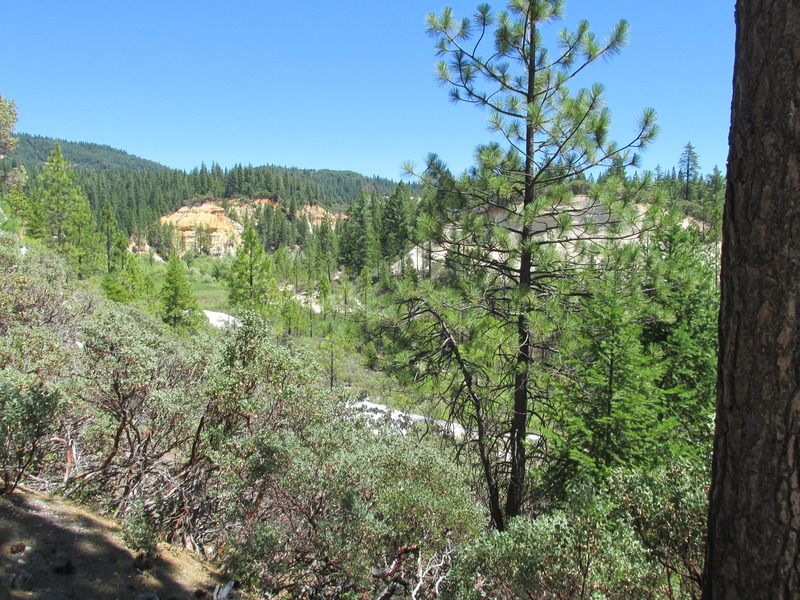


Mother nature has been reclaiming this moon scape. This is one of the largest hydraulic mining areas in CA, if not the largest and used to be quite picturesque. The forest is gradually beginning to reclaim it and the view is not so good from the road.
There are numerous homesteads like this around the area of the town and mine, untouched by anything but the weather. This one was in between two parts of the diggins

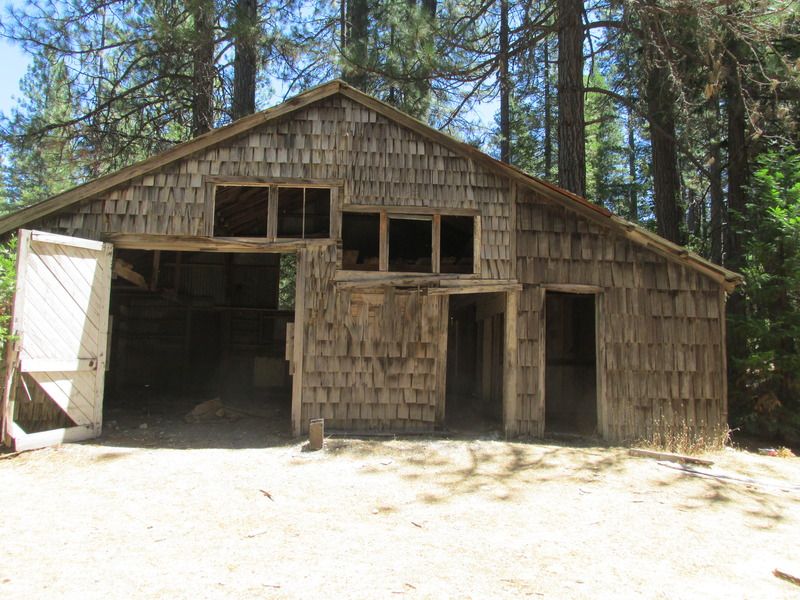
coming into town, this is one of the first things you see.

This monitor was fed by an 18" pipe under 50 pounds of pressure. It probably had something in the neighborhood of 10,000 gallons per minute coming out that nozzle. Imagine filling a swimming pool in six minutes. This is the biggest one I have seen. Lots of smaller ones all over old mining country.
The highlight of the visit for me was the general store in continuous operation until 1945 (white building). Half of it was continuously preserved as it was. The other half was a place where we stopped for ice cream and soda after a long day in the woods. I used to wander through the old half (no food allowed) when we stopped there. It looks like this
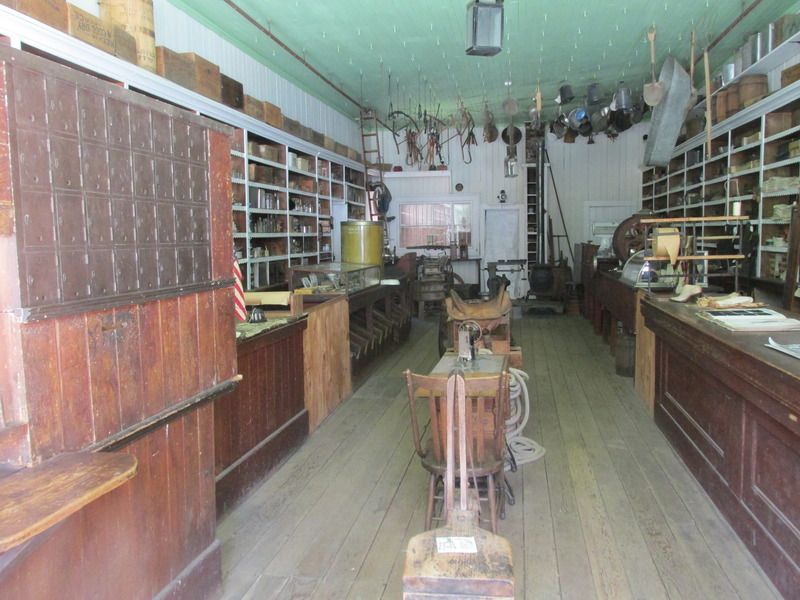
To the left is the post office followed by canned and bottled goods. Some of those bottles still have the labels on them, something I never had in my collection. Lower left in the bins are various sizes of square nails. Behind the yellow thing is the door into the other half of the building where the ice cream was. On the right, that wheeled thing is a hand operated coffee mill. One of the most consumed goods in the mining camps (after spirits) was coffee. This one will grind a serious amount of it in a hurry.
New to me was the drug store across the street.
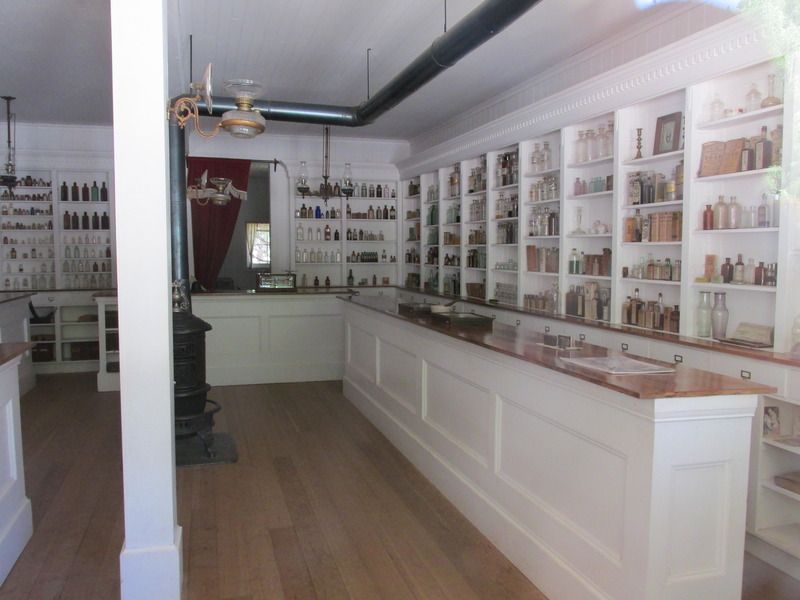
Wish my antique bottle collection was that large. Lots of nice ones there

I love this old advertisement. In those days, if you took your medicine, you took some bitters. So called because they had some kind of foul tasting herbal extract that might cure you. If not, the alcohol content was equal to a good whiskey and you would at least think you felt better.
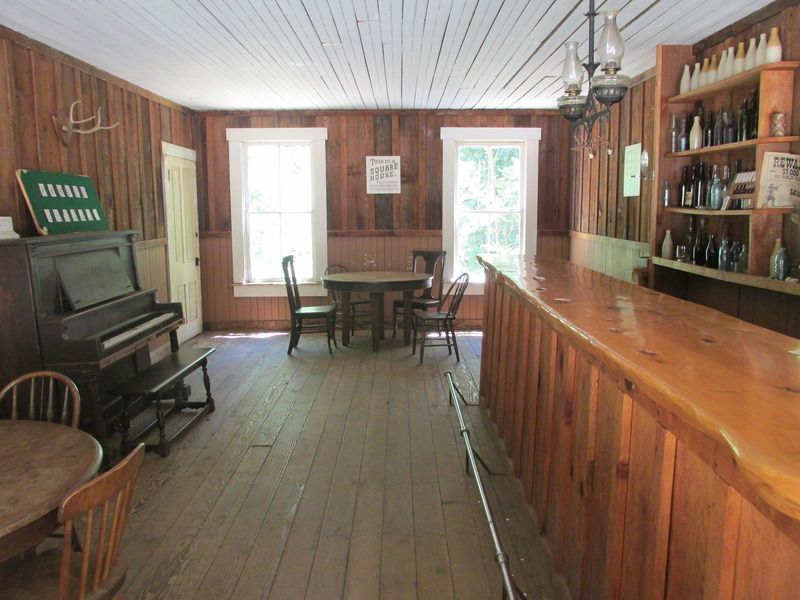
This is a restored tavern. Not very big. A dozen patrons would just about fill this one. There were eighty of these in this town of 3,000 people. I guess the emphasis was on companionship after a long days work.

The other 70 look like this. Just a rock lined hole in the ground. The liquid refreshment was stored in a cellar where it could be chilled to a nice cold 55°. That was as as good as it got without refrigeration
Here are a few more pics, some of these places have people living in them, a change from when I was getting ice cream at the general store and there were no residents.
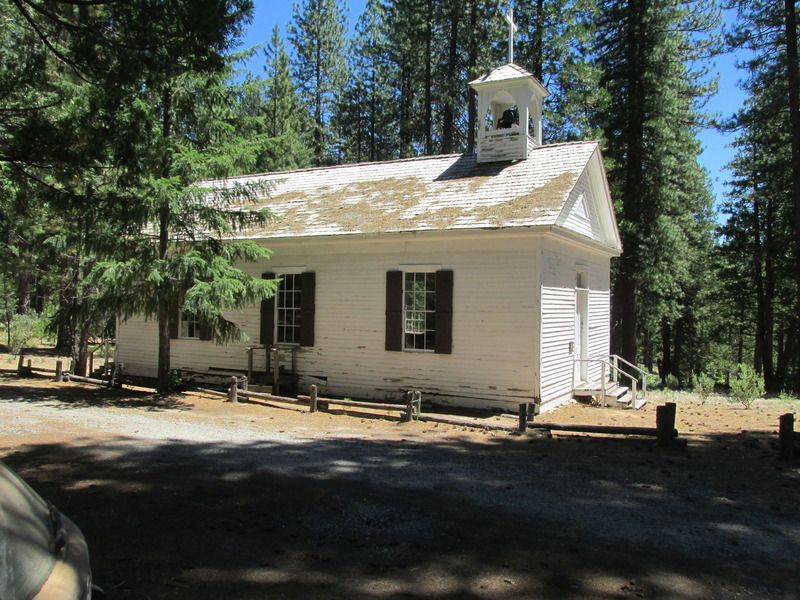
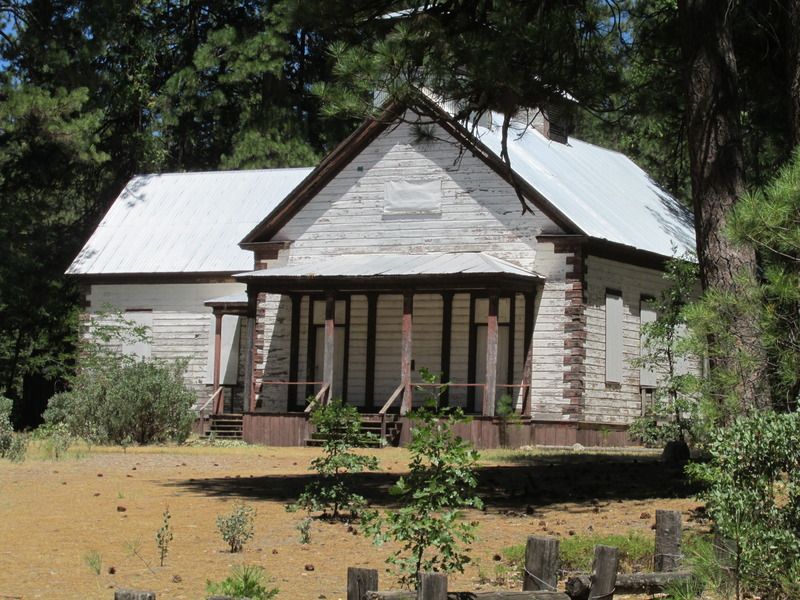
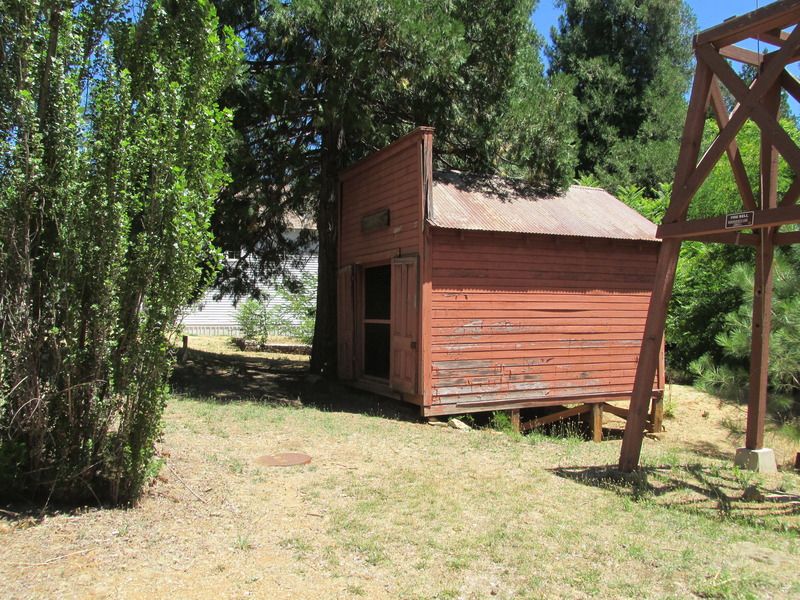

230 hp 4.3L Chevy
Built 4L60E with manual lockout
Atlas 4 speed
Griffin radiator
On board air
Warn 9.5ti on custom bumper
7.5" RE front and bastard pack rear on custom long arms
30 gal gas tank
lockers
And a bunch of other stuff







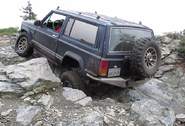

















 Reply With Quote
Reply With Quote

Bookmarks